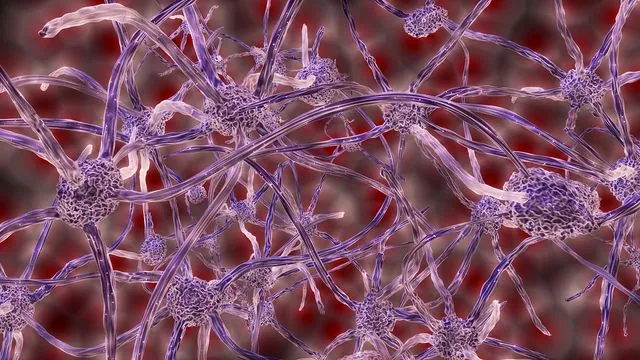
Breakthrough Inhibitors Shield Nerve Cells from Alzheimer’s Catastrophe in Mouse Models!
2024-10-31
Author: Ming
Introduction
Alzheimer's disease, afflicting over 55 million individuals globally, is a leading cause of dementia marked by a relentless loss of nerve cells, resulting in devastating memory and cognitive decline. In a promising new study from researchers at KU Leuven and VIB, significant strides have been made to understand and potentially halt this nerve cell death in various mouse models of Alzheimer’s.
Understanding Alzheimer’s Disease
The disease is notorious for the accumulation of amyloid-beta plaques and tau protein tangles within the brain, mechanisms that severely impair neuron communication and contribute to widespread cell death. This brain damage results in the hallmark symptoms of Alzheimer's: confusion, disorientation, and profound memory loss—transforming lives and placing immense distress on families.
Current Treatment Challenges
Despite decades of intense research, treatments available for Alzheimer’s have largely focused on managing symptoms rather than addressing the root causes. Recently, the approval of drugs targeting amyloid plaques has stirred up controversy; while they remove these harmful aggregates, whether they truly enhance cognitive function remains highly debated. This situation underscores the critical need for therapies that focus on preventing nerve cell death—the ultimate goal in the fight against Alzheimer's.
Breakthrough Study Findings
In a groundbreaking study published in Science Translational Medicine, a team led by Professor Dietmar Thal and Professor Bart De Strooper, alongside Dr. Sriram Balusu, has unveiled a novel approach to preventing nerve cell death. They discovered that inhibiting a specific biochemical process, known as necroptosis, could effectively safeguard neurons in mouse models exhibiting the disease.
The Role of Necroptosis
Dr. Balusu elaborates on necroptosis, detailing that nerve cell death in Alzheimer’s is driven by a specific biochemical chain reaction that can be triggered under pathological conditions. Previous findings by Balusu and his colleagues highlighted the triggers for necroptosis in human nerve cells placed into Alzheimer’s mouse brains, paving the way for their latest discoveries.
Key Discovery Regarding Tau Tangles
In their recent explorations, the research team identified that necroptosis is activated not when amyloid plaques are present, but specifically in mouse models showing tau tangles. "Our findings indicate the existence of a disease-related form of necroptosis, specifically triggered by tau pathology," comments Professor Thal, shedding light on the intricate dynamics of the disease.
Implications for Future Treatments
Even more notably, the research reveals that applying specific inhibitors to block the activation of necroptosis not only prevents nerve cell loss but surprisingly enhances social recognition memory in these mice, hinting at potential therapeutic pathways. The implications of this work are vast, suggesting that targeting the necroptotic process might soon lead to novel treatments that both preserve nerve health and improve cognitive function in Alzheimer’s patients.
Conclusion
This innovative study could indeed herald a new era in Alzheimer's research, with the potential to revolutionize treatment strategies and provide hope for millions affected by this relentless disease. As the scientific community delves deeper into the molecular underpinnings of Alzheimer’s, the dream of effective therapies may be closer than ever before. Stay tuned as we uncover more breakthroughs in this vital area of research!




 Brasil (PT)
Brasil (PT)
 Canada (EN)
Canada (EN)
 Chile (ES)
Chile (ES)
 España (ES)
España (ES)
 France (FR)
France (FR)
 Hong Kong (EN)
Hong Kong (EN)
 Italia (IT)
Italia (IT)
 日本 (JA)
日本 (JA)
 Magyarország (HU)
Magyarország (HU)
 Norge (NO)
Norge (NO)
 Polska (PL)
Polska (PL)
 Schweiz (DE)
Schweiz (DE)
 Singapore (EN)
Singapore (EN)
 Sverige (SV)
Sverige (SV)
 Suomi (FI)
Suomi (FI)
 Türkiye (TR)
Türkiye (TR)